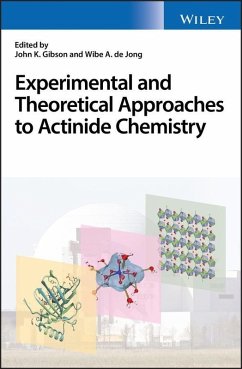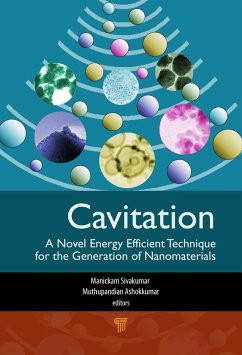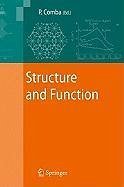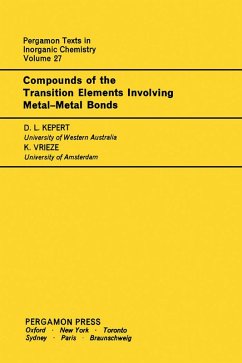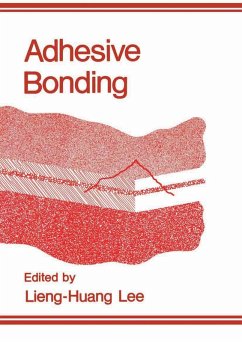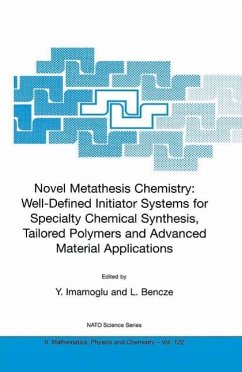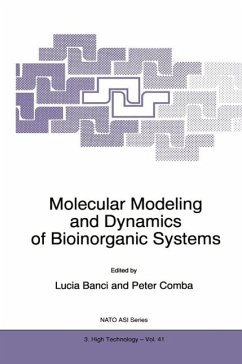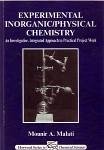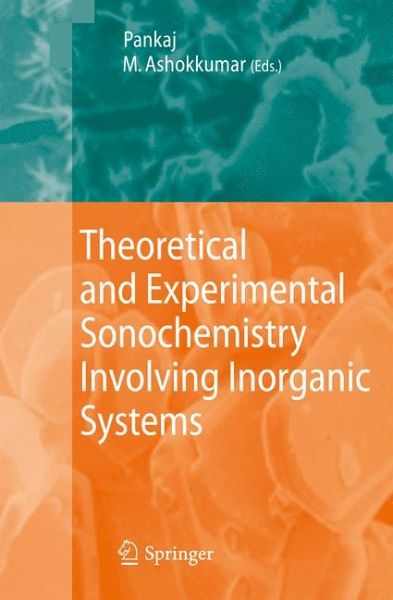
Theoretical and Experimental Sonochemistry Involving Inorganic Systems (eBook, PDF)
Versandkostenfrei!
Sofort per Download lieferbar
112,95 €
inkl. MwSt.
Weitere Ausgaben:

PAYBACK Punkte
56 °P sammeln!
Despite the fact that chemical applications of ultrasound are now widely acknowledged, a detailed presentation of inorganic systems covering nano-particles, catalysis, aqueous chemistry of metallic solutions and their redox characteristics, both from a theoretical and experimental perspective has eluded researchers of this field.
Theoretical and Experimental Sonochemistry Involving Inorganic Systems fills this gap and presents a concise and thorough review of this fascinating area of Sonochemistry in a single volume.
Theoretical and Experimental Sonochemistry Involving Inorganic Systems fills this gap and presents a concise and thorough review of this fascinating area of Sonochemistry in a single volume.
Dieser Download kann aus rechtlichen Gründen nur mit Rechnungsadresse in A, B, BG, CY, CZ, D, DK, EW, E, FIN, F, GR, HR, H, IRL, I, LT, L, LR, M, NL, PL, P, R, S, SLO, SK ausgeliefert werden.




